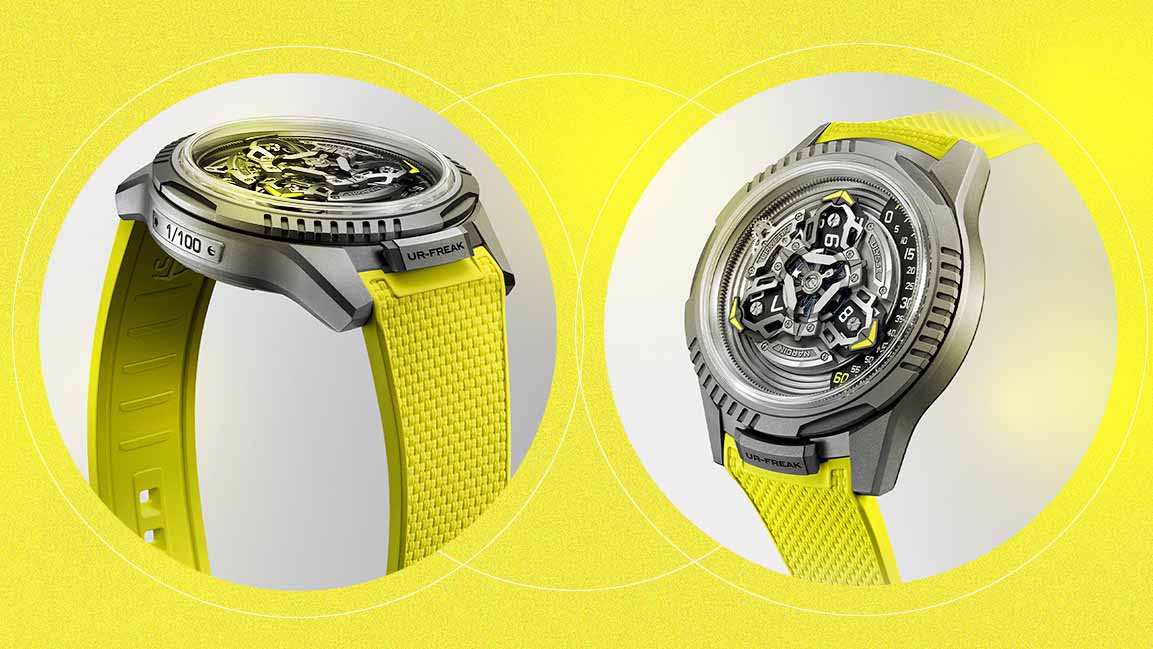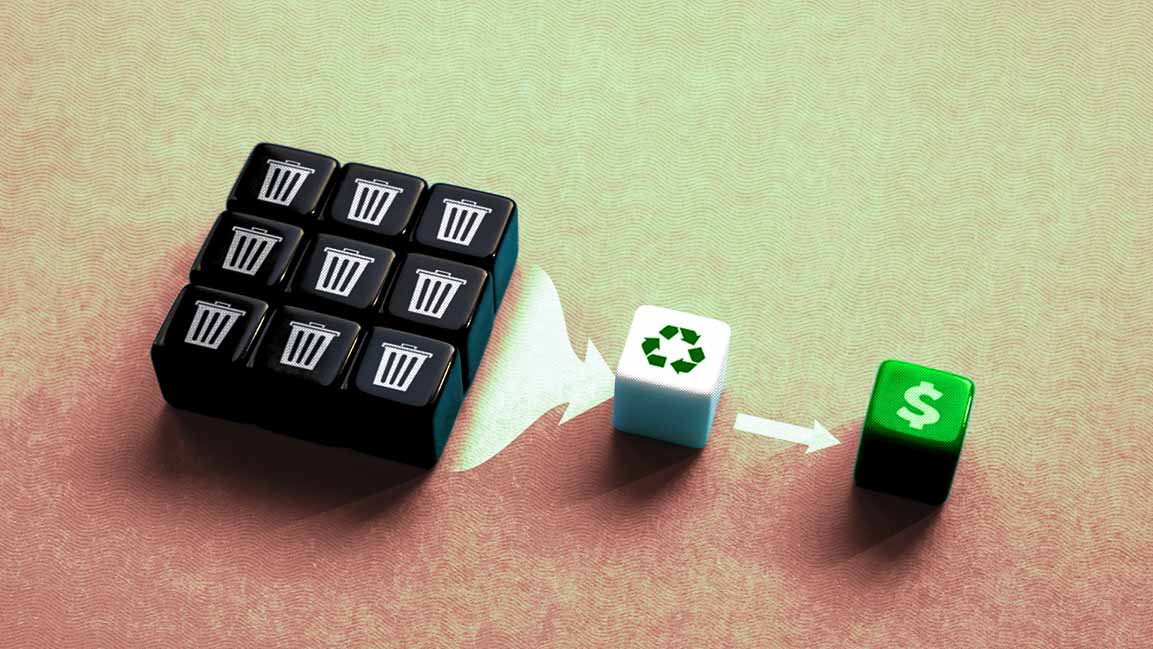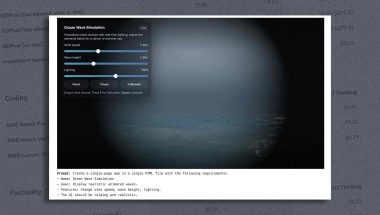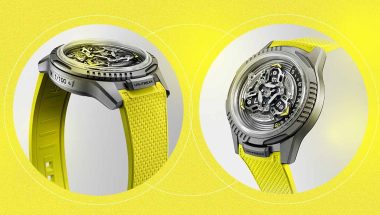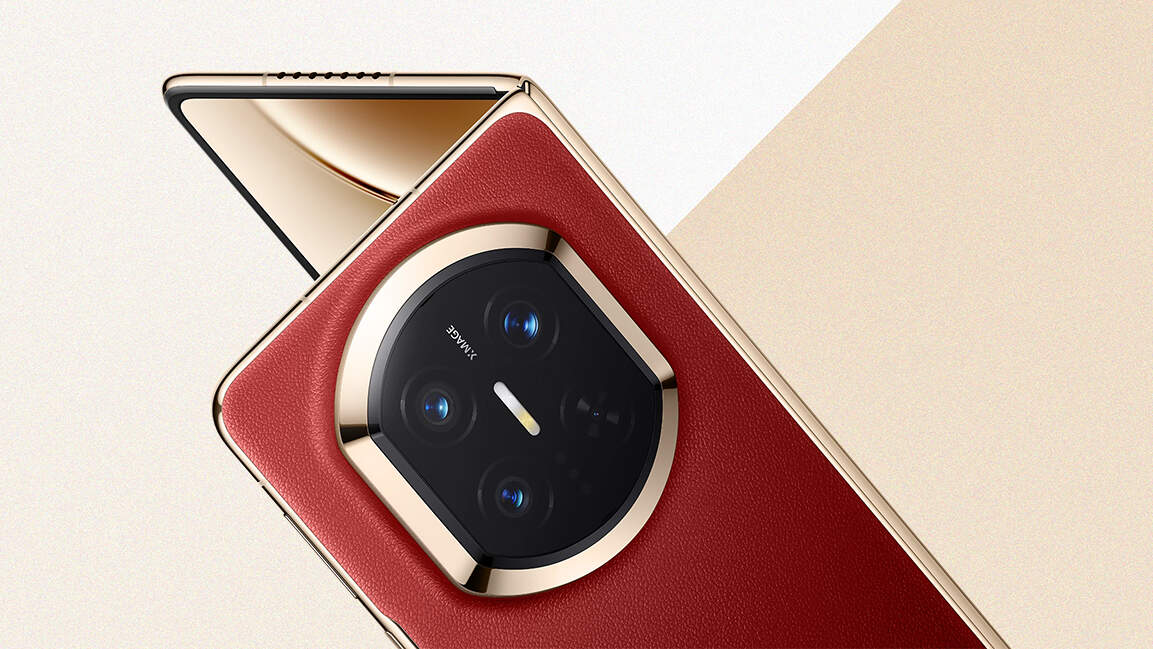- | 9:00 am
The Middle East is tackling water scarcity with sunlight and air. Is it scalable?
It’s all about reimaging water access through innovation in the region

Despite having some of the best urban infrastructure globally, the Middle East remains heavily dependent on bottled water and grapples with significant water scarcity. Every year, half a trillion single-use PET bottles are consumed for drinking water, and 200 million hours are spent daily by women and girls walking to collect water.
Over 2 billion people worldwide still lack safe drinking water at home.
Water scarcity, however, is not just about quantity—it’s about distribution and access. As global water resources face mounting pressure, innovative technologies like solar desalination and hydropanels, which operate entirely off-grid to create drinking water from sunlight and air, offer promising solutions to this growing crisis.
A SUSTAINABLE FUTURE FOR WATER
According to Julien Jreissati, MENA Programme Director at Greenpeace, “In the Middle East, the world’s most water-scarce region, intensifying droughts and heatwaves make this an even greater imperative.”
Alongside efforts to protect water supplies and reduce water losses, technologies such as hydropanels could play a critical role in addressing the water crisis—provided they become economically viable, environmentally sustainable, and scalable enough to supply meaningful quantities of water to communities in need.
Unlike traditional systems, hydropanels don’t just supply water to the grid—they leapfrog conventional water networks by providing clean, drinkable water directly at the point of demand, such as homes or buildings, says Rob Bartrop, Chief Revenue Officer at Source Global. “This is especially valuable for two types of users: one, for households or buildings that rely on bottled water, as hydropanels provide a more cost-effective, sustainable, and convenient alternative.” Additionally, hydropanels can be transformative for rural communities, villages, islands, and areas outside the reach of existing water grids. Bartrop explains, “Hydropanels can deliver water security at a fraction of the cost of centralized technologies like desalination, which require high population densities to be viable.”
RETHINKING WATER ACCESS
Current water regulations have primarily focused on utility supply, which has worked well for major cities in the Middle East. However, Bartrop sees an opportunity for regulators and policymakers to address the gaps left by existing service models. ” There is an opportunity for regulators and policymakers to consider addressing some of the challenges not addressed by the existing service models.”
Despite having some of the best urban infrastructure globally, the Middle East remains highly dependent on bottled water and faces significant water scarcity. Every year, half a trillion single-use PET bottles are used for drinking water, and 200 million hours are spent daily by women and girls walking to collect water. Over 2 billion people globally still lack safe drinking water at home.
For countries in the Middle East, decentralized technologies could offer a more efficient and equitable solution. “There is potential in supporting the role of technology to achieve outcomes that can improve access to water,” says Bartrop. “The current regulations, which primarily focus on utility supply, have worked for major cities, but we believe there’s a gap in the existing models that need to be addressed by regulators and policymakers.” The appeal of hydropanels lies in their ability to provide water directly to those most in need, reducing reliance on costly and environmentally damaging bottled water.
SOLAR DESALINATION: A LARGE-SCALE SOLUTION
While hydropanels offer an excellent solution for off-grid, localized water needs, solar desalination is vital in addressing large-scale, diverse water demands. Alp Katalan, Business Development Manager at Desolenator, points out that the Middle East strongly focuses on innovative water solutions, including demand-side measures (such as improving water efficiency) and supply-side solutions (like advanced water treatment and desalination).
For example, the UAE’s Water Security Strategy 2036 and Saudi Arabia’s National Water Strategy 2030 aim to expand desalination capacity, particularly through renewable energy-powered systems. Katalan explains that “Desalination’s ability to leverage abundant solar energy and seawater makes it the more practical and impactful solution for large-scale water needs in the region. Our modular system offers flexibility, adjusting the amount of water produced based on the needs of industries or communities.”
However, while solar desalination is a powerful solution for large-scale applications, Bartrop argues that hydropanels play an essential role in smaller, off-grid applications by providing high-quality drinking water at the point of demand. He says, “Our economic case is attractive given that we are 100% off-grid and powered only by sunlight and air—no electricity consumption, no water extraction, no brine creation, no packaging, no trucking, and no long-distance pumping or piping costs.”
Bartrop emphasizes that they address human drinking water needs, especially in remote locations or underserved communities. “We don’t consider this small, though it obviously remains a fraction of the region’s total water needs,” he adds.
The marginal value of clean drinking water far outweighs that of water used for non-drinking purposes. Hydropanels have the potential to positively impact communities’ health and well-being and their social and economic resilience.













